From May 20 to 22 in Barcelona, Vitafoods Europe 2025 once again confirmed its role as a leading meeting point for the nutraceutical, functional ingredients, and food innovation sectors. This year’s edition stood out not only for its international reach—with hundreds of exhibitors and thousands of visitors—but also for the strong presence of biotech-based food innovations and increasing emphasis on scientific validation and market differentiation.
As part of the Biotech4Food project ecosystem, several partners were present:
• Wagralim and Innov’Alliance attended as visitors, exploring emerging trends and innovation opportunities aligned with the project’s goals.
• Project SMEs THT, Artechno, and Abyss Ingrédients participated as exhibitors, showcasing cutting-edge biotech applications in functional food and nutraceuticals.
A Strategic Hub for Business and Scientific Validation
For many exhibitors, Vitafoods has become more than just a trade fair. It acts as a launchpad for international business connections and scientific credibility. Companies like Synapharm reported over 80 meetings in just three days, while newer participants such as CER Groupe and Meurens Natural used the platform to test market relevance and gain visibility:
“We were little known. Now some come back to us with concrete projects.” — CER Groupe
Key Trends in Food Biotech and Nutraceutical Innovation
- Women’s Health: From Niche to Core Strategy
PMS, menopause, and fertility are becoming priority targets for innovation. Companies like Dielen and Synapharm are developing patented, evidence-backed formulas, while Abyss highlighted the unmet need and outdated approaches still dominating the sector:
“It’s incomprehensible that there aren’t more targeted solutions for women today.” — Abyss - Mental Well-being, Stress, and Sleep
The mental health segment continues to grow, supported by consumer demand and a rise in clinical validation. The development of multi-target products (sleep + anxiety + cognition) is becoming a competitive differentiator. - Proteins and Consumption Formats
The innovation lies not just in ingredients, but in how they are consumed: powders are giving way to gummies, stick packs, and fortified bites, making supplements more user-friendly.
“What’s changing isn’t the ingredient—it’s how we consume it.” — Meurens Natural
Biotech Innovation: From Proof to Market Access
Innovation in the biotech and nutraceutical sector is no longer driven solely by the discovery of new molecules. The focus has shifted toward improved formulation, enhanced bioavailability, and clinical studies that validate the efficacy of final products. As Synapharm emphasized, “Today, without clinical studies, differentiation is impossible.”
This demand for scientific validation is also shaping international expansion. More and more companies are expanding to Asia, Latin America, Canada, and Australia, although regulatory hurdles continue to slow market entry. “We’ve waited over 11 years for U.S. authorization—it’s credibility that opens doors abroad,” added Synapharm.
Marine biotechnology and novel food sources are also gaining ground. French biotech company Dielen is pioneering in this space with Magzen, a marine-derived peptide offering anxiolytic effects without the side effects associated with traditional treatments. Their fully integrated approach—covering research, formulation, and co-product upcycling—positions them as a sustainability-driven innovator. “We conduct scientific research on our finished products, not just on the ingredients,” the company noted.
Finally, as Abyss pointed out, meaningful innovation is not about trends, but about relevance and real-world impact. “It’s not the molecule that changes—it’s the application, the proof, and the targeting.”
In Conclusion
Vitafoods 2025 was not just a business stage—it served as a mirror of the biotech food industry: its strengths, contradictions, and future pathways. In this evolving landscape, companies that combine science, clarity, and market agility will stand out.
The future of nutraceuticals lies at the intersection of biotech, regulatory know-how, and human-centric design. And it’s already taking shape on the floor of Vitafoods.
This article was written by Betty Milano
For further information, you can contact her at: betty.milano@wagralim

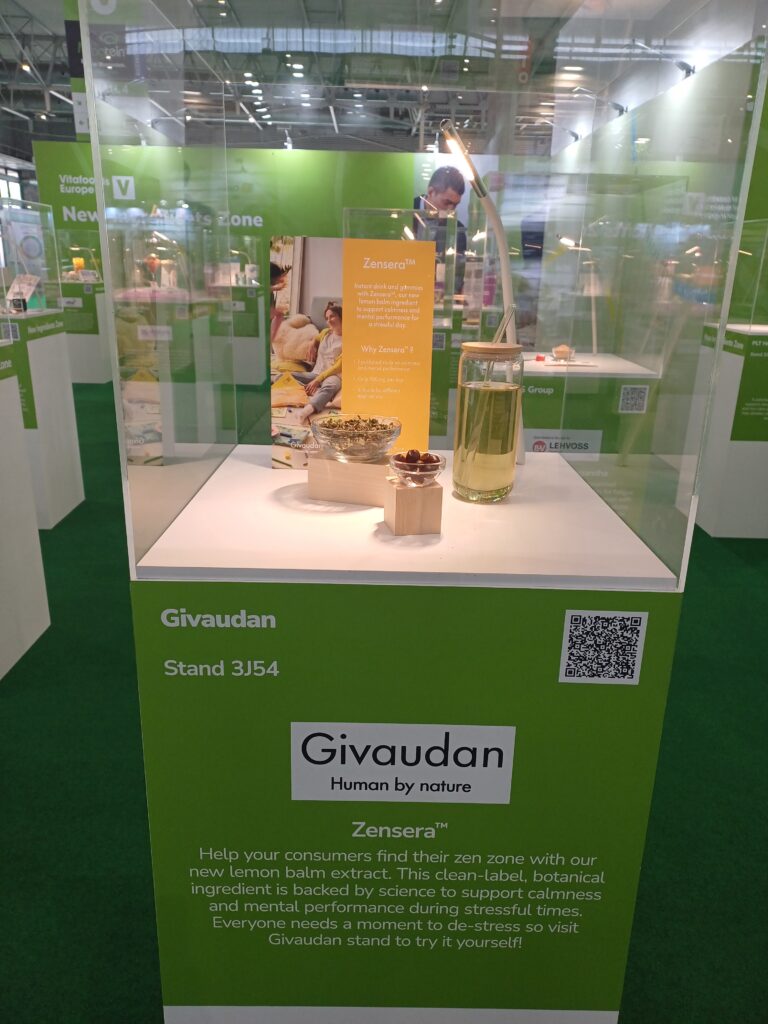
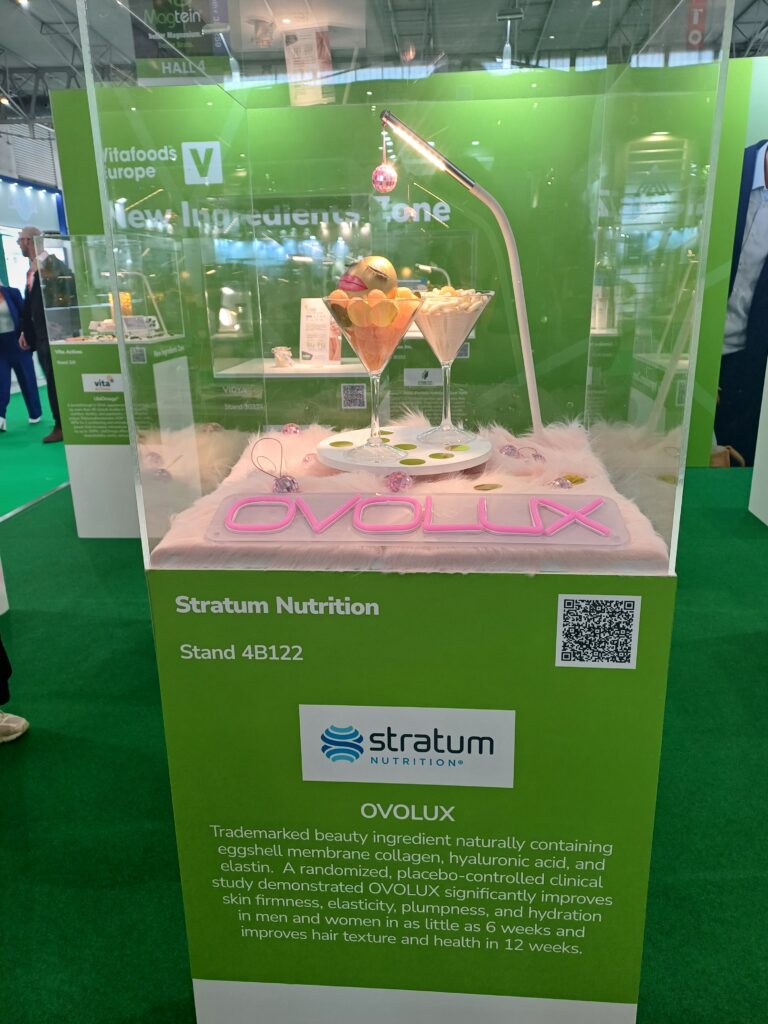
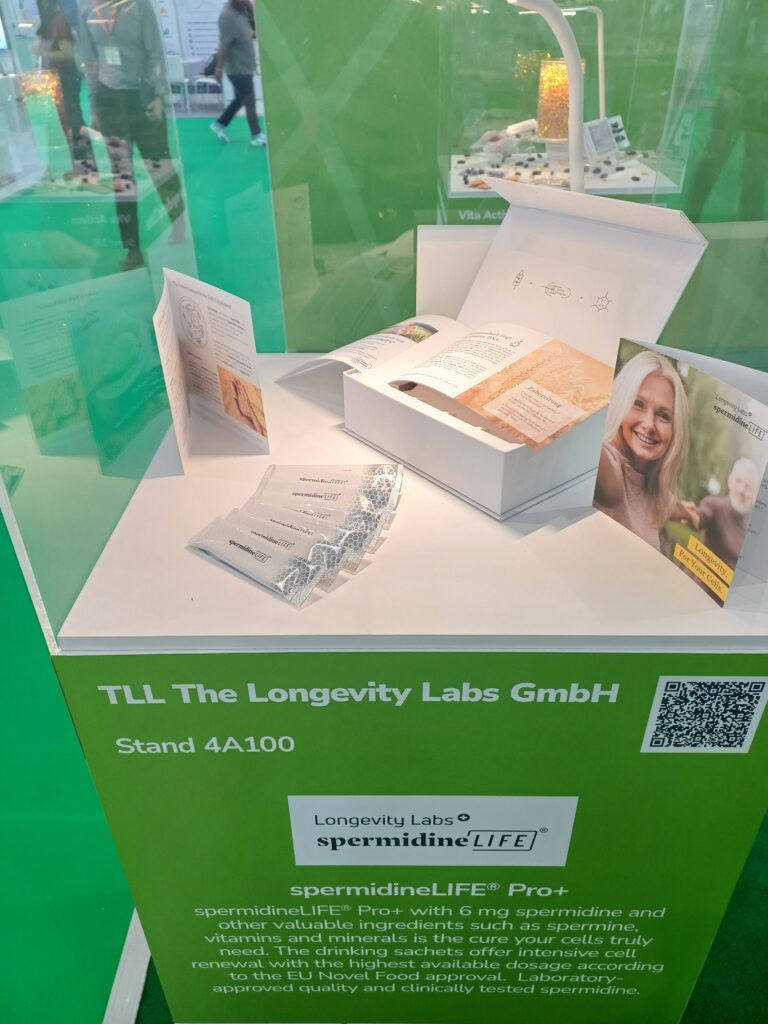
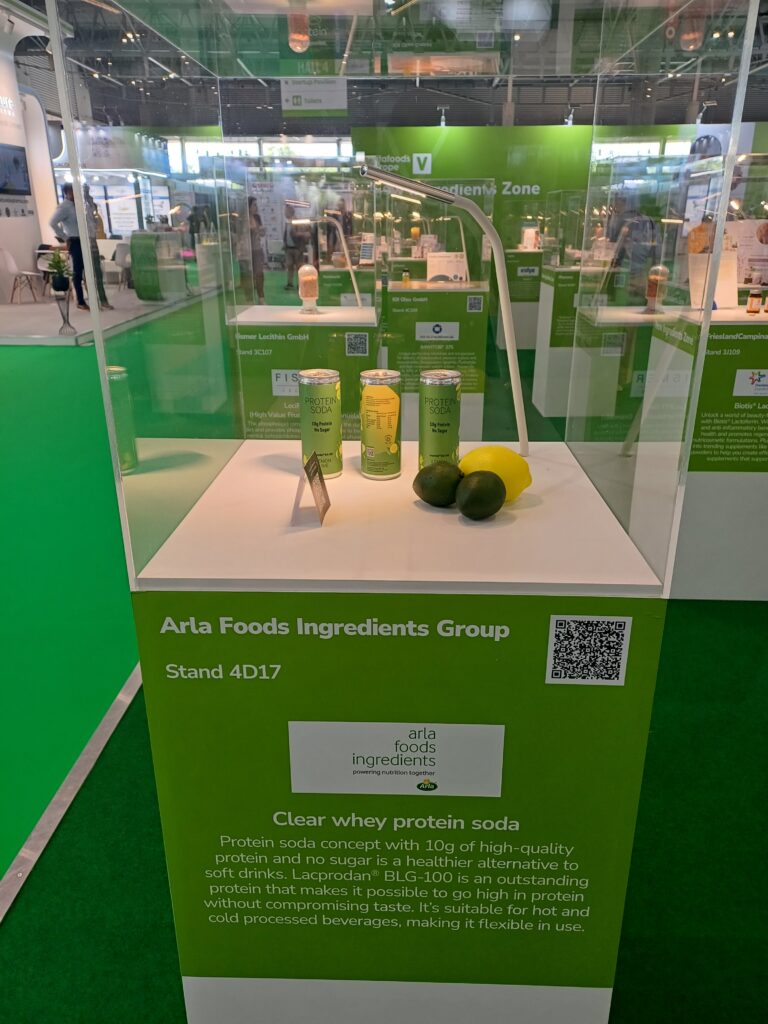
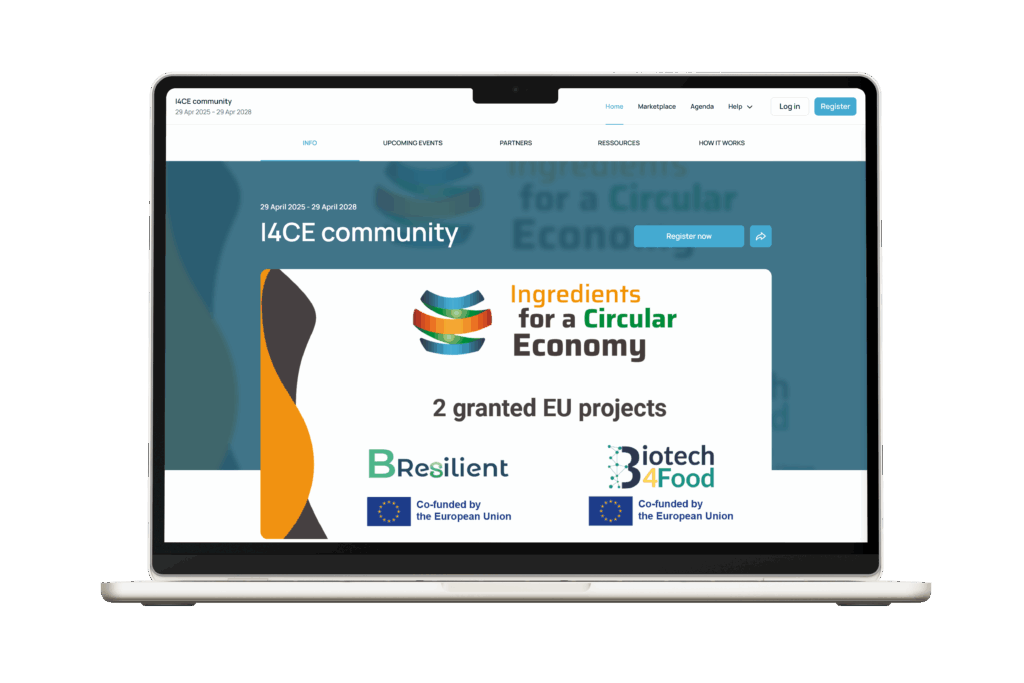
Want to connect with partners from this project?





